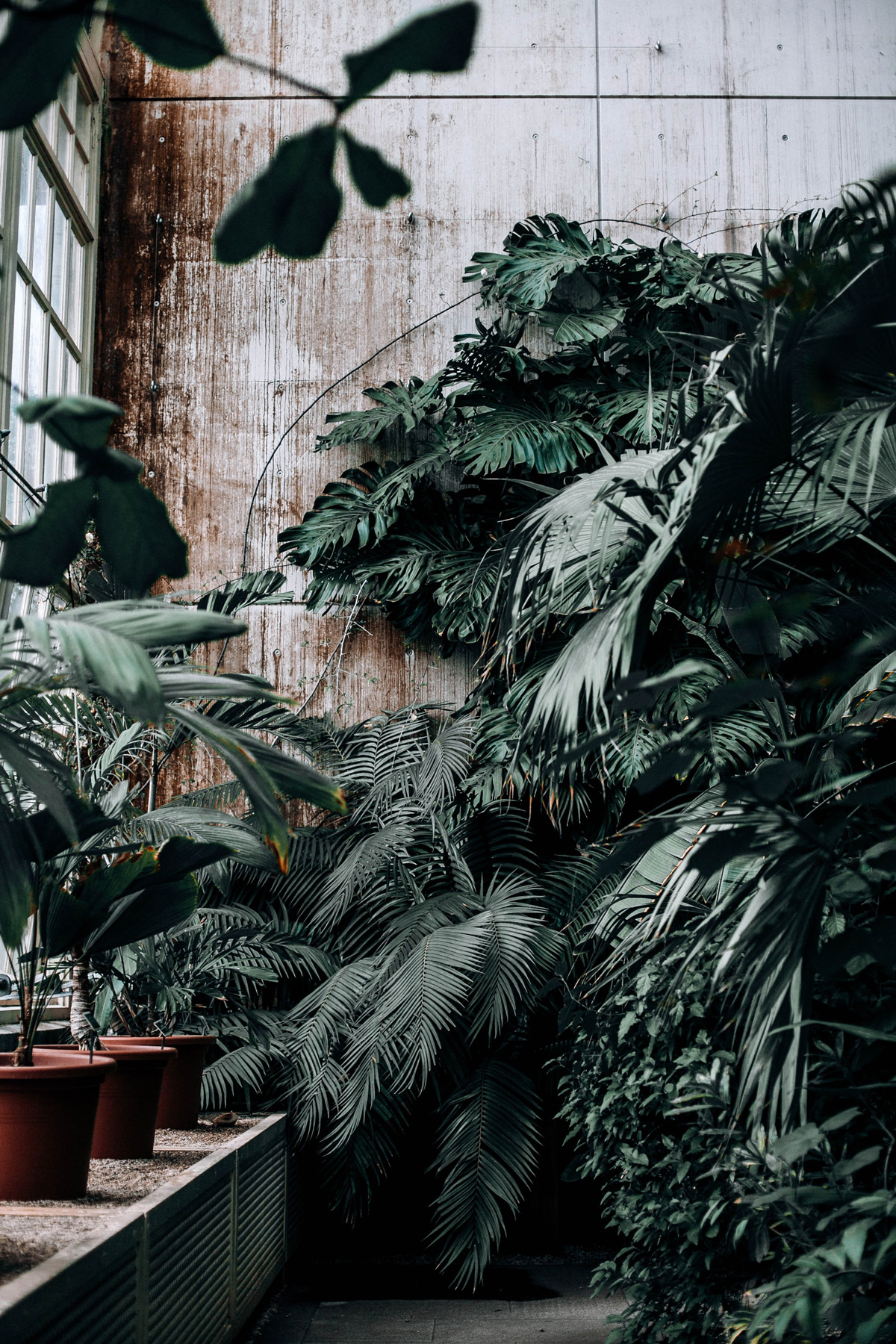
What are “Lagree Shakes” and what does it take to get them
Have you ever wondered why your muscles shake more in a K-Kore class than any other
What are “Lagree Shakes” and what does it take to get them in your class at K-Kore in their Melbourne’s CBD studio?
Have you ever wondered why your muscles shake more in a K-Kore class than any other workout? At K-Kore, whether you’re experiencing your first time on the Megaformer or your 500th class, you’re likely to experience what we call “The Lagree Shakes”. Our K-Kore trainers love seeing clients shake! In fact, our goal is to get the entire class to wobble by the end of the workout because we know all of the amazing benefits that come with it.
What are the “Lagree Shakes”?

Self.com interviewed an exercise psychologist, Jacque Crockcord, and asked him to explain why the Lagree shakes actually happen.
“Many of us may have also started to shake or tremble on the Megaformer. That’s not necessarily a bad thing—it’s just a sign your body is becoming fatigued”, Crockford says. “Essentially what’s happening is that the muscle contraction is being interrupted because there isn’t enough energy available to keep your nerves firing properly and sending uninterrupted signals to your muscles.”
It’s so important to push through the shake (with proper form of course), even though your muscles may be burning. This extra push is when you’ll start seeing your body change. The shakiness leads to muscle breakdown.
After a few weeks of classes, you’ll notice that your muscles are being rebuilt stronger, longer and leaner.. Basically, the more frequent the shake, the more progress you’re making!
K-Kore client, Di, shaking during class
Why Don’t I Get the shakes in other exercise classes?
Unlike many other forms of exercises such as HIIT or cycling, Lagree Fitness classes at K-Kore work by stretching and contracting each muscle for an extended period of time (usually a few minutes per muscle). The constant tension and contraction on the muscles is what makes these classes so effective and what causes the muscles to quiver.
At K-Kore our “time under tension” exercises activate a type of muscle fibre called “Type 1”. Also known as slow twitch muscle fibres, these are the muscle fibres we use all day long to maintain posture, sit, stand, maintain healthy joints and even walk for long distances.
Interval training workouts or cardio based exercises such as running, activate “Type 2” muscle fibres, AKA fast-twitch muscle fibres. These muscles exhaust a lot quicker.
Activating your slow-twitch muscle fibers during your K-Kore class can enhance your overall fitness in a number of different ways. Because we do a lot of plank variations and are on top of the machine a lot, there is an aspect of balance that you’re less likely to get from other workouts. Your core is engaged almost the entire time, and you might even feel the “Lagree Shakes” around your abdominals.
Embrace the Shake
It’s highly likely that you’ll experience the shake your first several classes. But that doesn’t mean you should stop striving to feel the shake the more advanced you get.
As your body adapts to the new postures and your muscles get stronger, try the challenges SP trainers give you to enter the shake zone and increase intensity.
There are a few things you can always do to make your workout more effective and “find the shake”:
- Go slower
- Get Lower
- Focus on the muscle you’re working and squeeze it tight
- Check your form in the mirror often
- Add an extra spring or take a spring off as the trainer cues you in the move set-up

K-Kore Trainer, Tracey, experiencing the shakes on the Lagree Microformer
Read More


